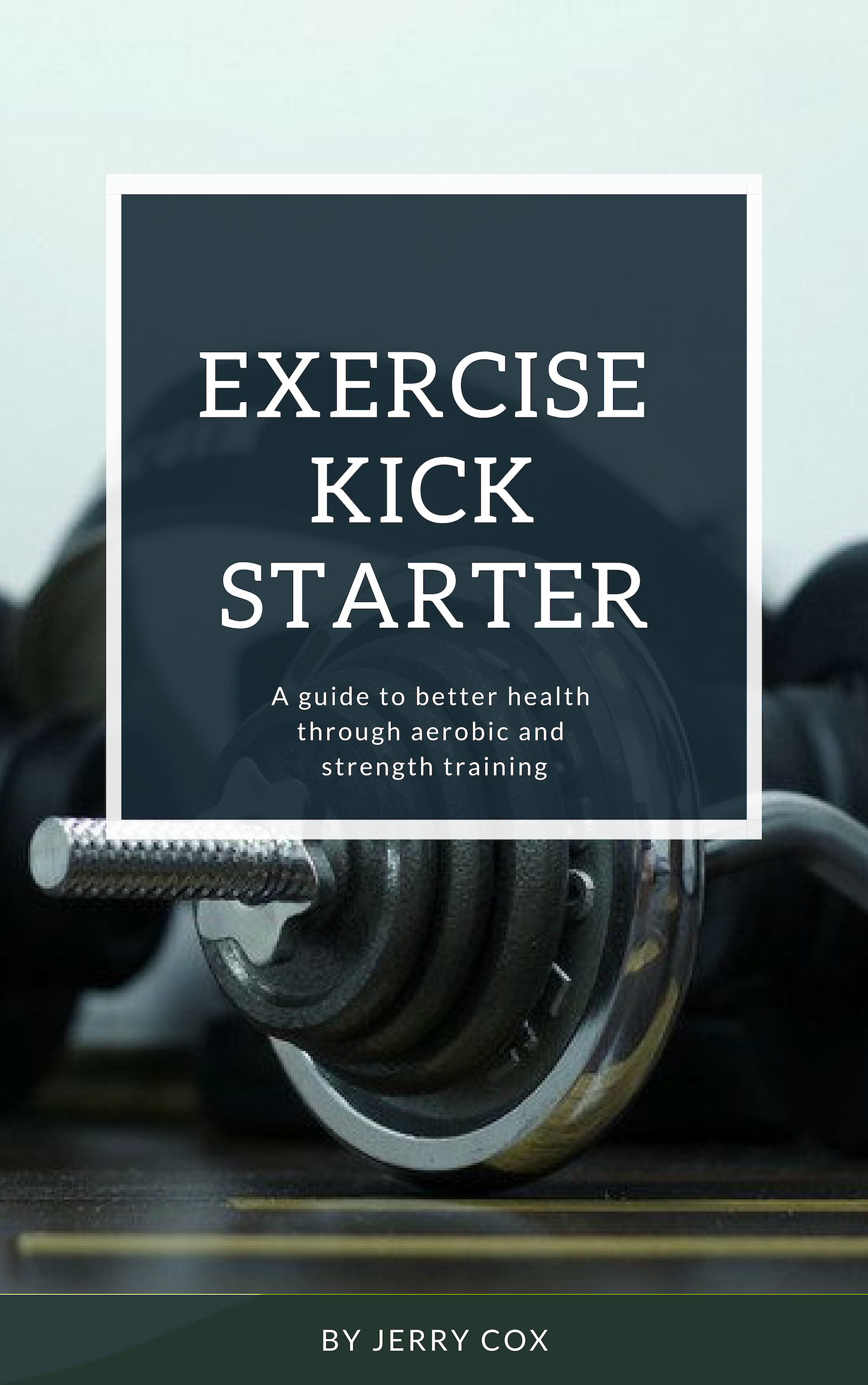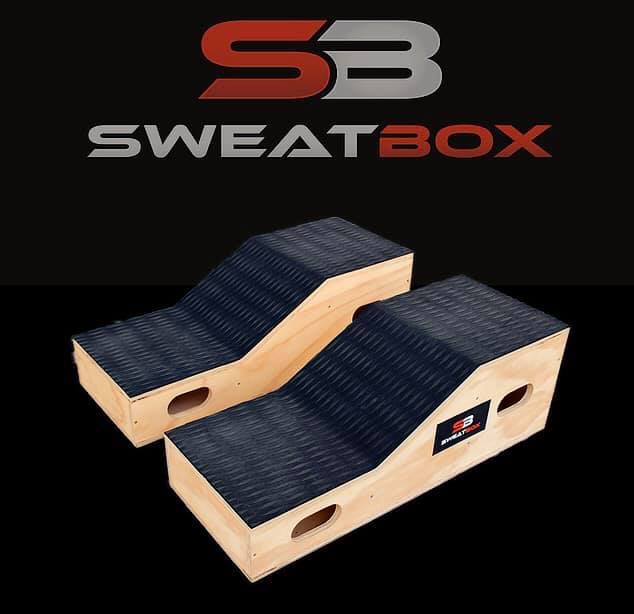How To Make Exercise Intensity Work For You

Success begets success. As such, the 3 mile walk that helped you become more fit and lose weight will always produce that same result, right? Albert Einstein once said, “doing the same thing over and over again, but expecting different results is the definition of insanity.” Therefore, if your workout routine has stagnated, your results will also. Let’s look how the intensity of your workout impacts your results.
1. How much is enough?
Yuck, wind sprints were horrible back in high school. Now, here we are again talking about increasing intensity until we drop. On the contrary, low level intensity compared to sedentary behaviors vastly decreases disease risk. Yet, higher intensities up to 80% VO2max further this reduction in disease risk. Thus, movement is good at all levels. How hard should you be working? As you are just starting, doing an exercise bout of 50% of your Heart Rate Max (HRmax) maybe all it takes for improvements. Generally, most of us need to exercise at 60-80% of your HRmax. This provides solid benefits while minimalizing risks. Let’s get real for a moment, if it came to a life or death or fight or flight moment, you are not going to say let me check to see if my heart rate is in the correct zone. At times, you should push yourself above the 80%. This, ultimately, can enhance your VO2. Moreover, your improved VO2 makes you more resilient when recovering from disease, injury, or illness. Add at least 1 day of high intensity work to your regimen. Lastly, do not forget to change up your intensity throughout the week.
2. Is Low Intensity Better Than High Intensity?
Doesn’t low intensity burn more fat? Yes, you do use a higher percentage of fat at low intensity. However, the total fat calories you burn comparative to high intensity exercise is relatively the same. For instance, if you exercise at 50% of your HRmax for 30 minutes, you may burn about 100 fat calories and 200 total calories. At 75%, you would also burn about 100 calories from fat and 300 total calories. If weight loss is the name of the game, 3500 calories equals one pound. What do you think will get you there more efficiently?
Why else is high intensity important in the caloric number’s game? Certainly, you have heard of “after burn.” This is time after exercise where oxygen levels stay higher than resting levels to bring the body back to homeostasis. This process can have you burning extra calories well after 24 hours. Yet, the amount of “after burn” is dependent on duration and intensity. The higher the intensity can provide a longer recovery to the body’s resting state; therefore, you could burn additional calories every hour.
In the end, you will benefit greatly if you intermix some high intensity exercise into your plan. Furthermore, it will also help you achieve greater fitness levels and reduce disease associated risks. Find your day to add your high revved workout to boost your fitness and health. Rise and shine, my fitness friends!



But what about LSD – going the distance. Doesn’t going low and slow for 2 hours give you the added benefit of 8 hours of extra calorie burning?
Hi Jo! Thanks for the great question. EPOC, aka “after burn,” is elevated due to intensity as well as duration. As such, a long slow distance will produce EPOC effects. The amount of time to return to homeostasis is variable for each person. In fact, some marathon runners will take up to 24 hours to return to resting states.